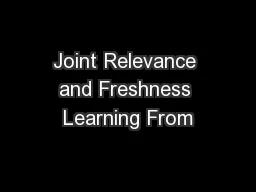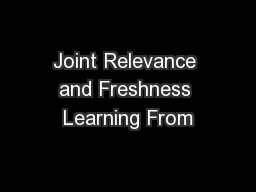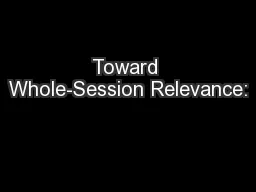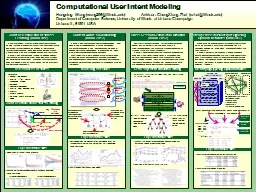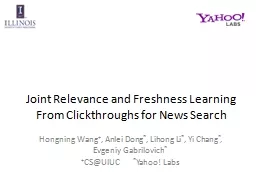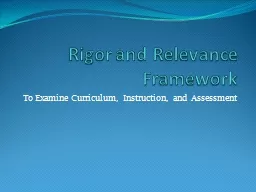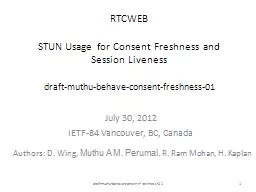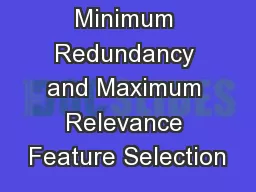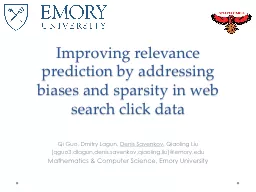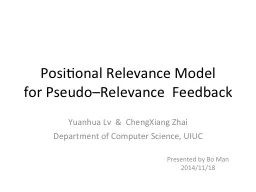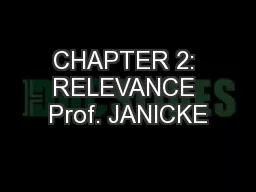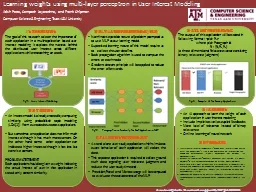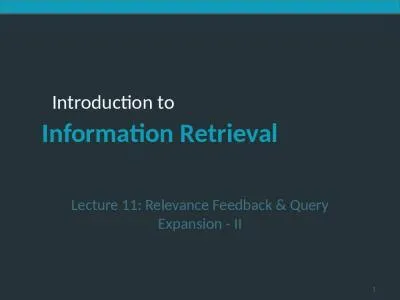PPT-Joint Relevance and Freshness Learning From
Author : mitsue-stanley | Published Date : 2018-12-06
Clickthroughs for News Search Hongning Wang Anlei Dong Lihong Li Yi Chang Evgeniy Gabrilovich CSUIUC Yahoo Labs Relevance vs Freshness
Presentation Embed Code
Download Presentation
Download Presentation The PPT/PDF document "Joint Relevance and Freshness Learning F..." is the property of its rightful owner. Permission is granted to download and print the materials on this website for personal, non-commercial use only, and to display it on your personal computer provided you do not modify the materials and that you retain all copyright notices contained in the materials. By downloading content from our website, you accept the terms of this agreement.
Joint Relevance and Freshness Learning From: Transcript
Download Rules Of Document
"Joint Relevance and Freshness Learning From"The content belongs to its owner. You may download and print it for personal use, without modification, and keep all copyright notices. By downloading, you agree to these terms.
Related Documents

